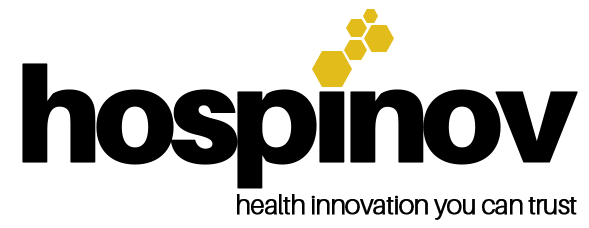Digital lending: How new-age technologies can reduce… Leave a comment

The outbreak of the pandemic exposed the growing disparity between the few who can access affordable quality healthcare and the many who cannot. Before the pandemic, countless Indians found themselves on the horns of a dilemma, compelled to choose between health and wealth. With 63% of India’s total healthcare expenditure being paid out-of-pocket, millions of families are being driven to financial ruin. Now in the throes of the pandemic, millions, along with the underserved and marginalized populace, are faced with this impossible choice.
Propelled by the need of the hour, the healthcare sector must pave the way for equitable and affordable access to quality healthcare. The advent of virtual consultation, remote monitoring, and telemedicine are reducing disparity in healthcare but plenty of issues still exist. The opportunity for digital lending in healthcare has never been greater and more urgent. Projected to grow to $350 billion in 2023, digital lending can help break the health-poverty trap for millions of Indians.
What is digital lending?
Digital lending is a FinTech innovation wherein all processes encompassing borrowing and lending such as loan application, approval, disbursal, and repayment take place remotely over the web or mobile apps. Under the conventional paradigm, individuals when faced with medical emergencies either borrow exorbitant loans from informal lenders or sell off personal assets while waiting for reimbursement from insurers if available. With digital lending, people can avail instant medical emergency loans by uploading documents on a digital lending platform and get approved with minimum paperwork.
Digital lending apps leverage a combination of business models such as peer-to-peer lending and crowdfunding along with new-age technologies such as AI, automation, and data analytics. This enables them to cover healthcare expenses and the cost of treatment of borrowers with low credit scores and low-moderate incomes.
Instead of being coerced into a vicious cycle of ill-health and poverty, digital lending can widen the ambit of financial and
healthcare inclusion for many underserved and marginalized communities.
Growth of digital lending in India
Digital lending is estimated to grow exponentially from $9 billion in 2012 to $350 billion in 2023. The global pandemic, largely attributable to this growth, compelled tens of millions to turn to digital lenders when confronted with life-threatening emergencies and burgeoning healthcare costs. At the peak of the pandemic, countless individuals and families availed online healthcare services and instant digital loans. According to FinTech Association for Consumer Empowerment (FACE), digital lending volume doubled to Rs18,000 crores during FY 2021-22.
Accelerated by smartphone proliferation and underpinned by government initiatives, digital lending has the potential to reduce financial bottlenecks in healthcare. Financial disparity which prevents marginalized communities from accessing quality healthcare services can be eliminated with digital lending. Digital lending can broaden financial access which will in turn increase healthcare access. In a country like India, where nearly 70% of the population is sequestered from the nexus of healthcare in rural areas, digital lending along with telemedicine can enable them to access quality healthcare.
Digital lending: means for financial & healthcare inclusion The healthcare sector in India is plagued by several challenges such as suboptimal infrastructure, affordability, inadequate insurance coverage, etc. Healthcare costs are mostly unpredictable which is why instant loans through mobile apps for underserved communities
come as a blessing. By blending finance and healthcare innovations such as digital lending and telemedicine, the underserved and excluded populace can access quality healthcare regardless of their geographical, financial or insurance status. When finance is no longer a bottleneck to healthcare, India can pave the path for universal health coverage.
Based on the premise of financial inclusion, digital lending can make great strides in reducing financial barriers in healthcare as well. By capturing the healthcare and credit-starved population of India, digital lending apps can double their customers. Already the
most-preferred borrowing channel for millennials and Gen Z, digital lending can also become a ray of hope for rural, underserved and marginalized communities with little or no quality healthcare access.
Touted to transform the current state of the credit-starved population in India, digital lending has immense potential to drive financial inclusion through last-mile connectivity. Considering their penetration and India’s burgeoning population, digital lending platforms have barely scratched the surface and have many miles to cover and many lives to impact. With the help of new-age technologies combined with healthcare innovations, India can achieve both financial inclusion and universal health coverage.
FacebookTwitterLinkedinEmail
Disclaimer
Views expressed above are the author’s own.
<!–
Disclaimer
Views expressed above are the author’s own.
–>


